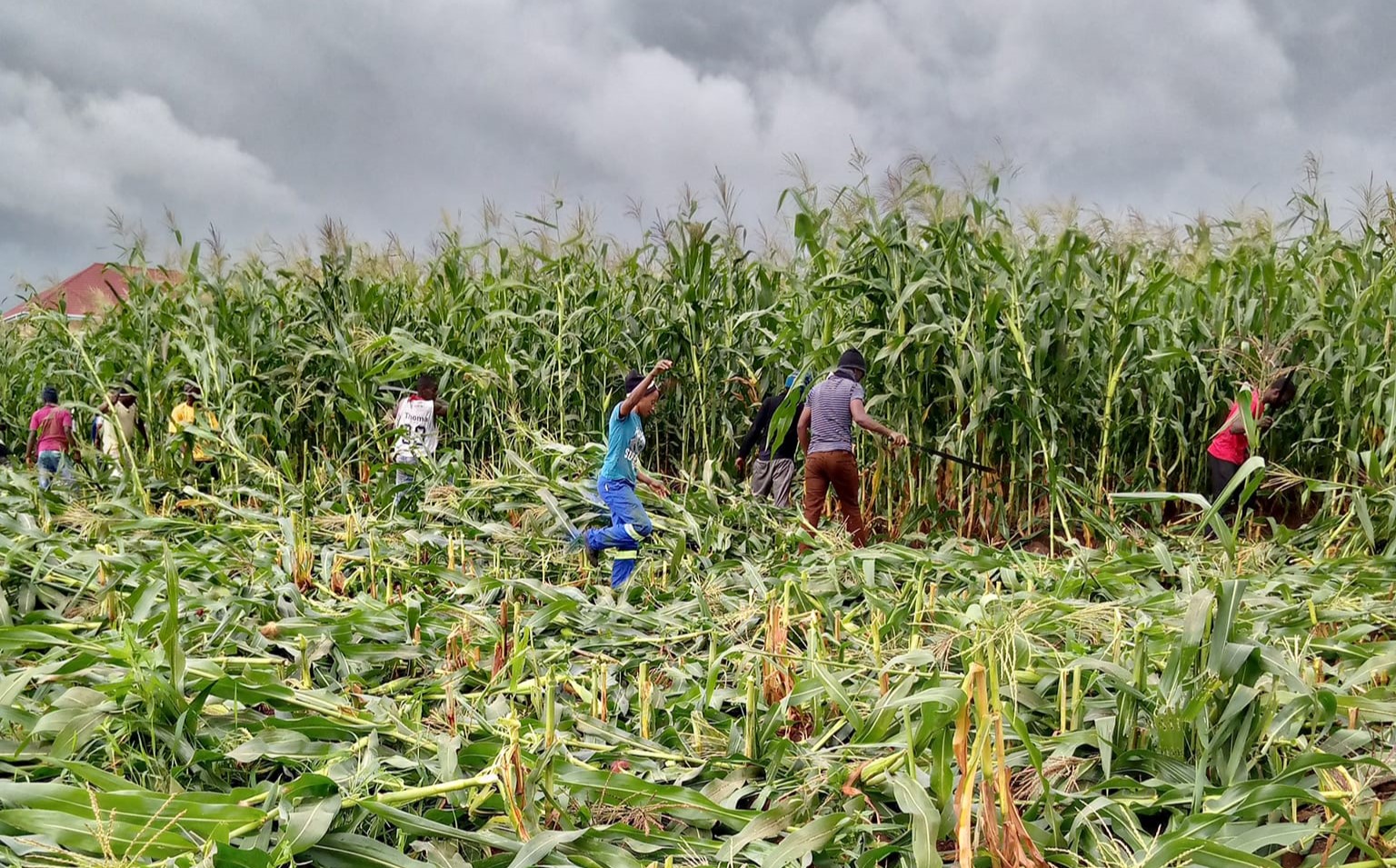Beware the marching Ides of stagflation
It is official. The Malawi economy is now experiencing a stag-flationary dynamic: slow growth and high inflation.
In his 2023/24 budget statement, Finance and Economic Affairs Minister Sosten Gwengwe announced that Malawi’s gross domestic product will expand by 2.8 percent this year compared to around 1.2 percent last year.
The 2023 growth projection was premised on strong agricultural output and the belief that foreign exchange supply—which crippled the economy in 2022—would improve this year.
But with the Affordable Inputs Programme botched and leaving roughly a third of beneficiaries without the subsidized farming inputs package coupled with the murderous Cyclone Freddy, crop output is expected to be lower than the previous year.
It is unclear where government thinks additional forex would come from to shore up the economy, given that the traditional structural challenges remain and the poor business environment is at one of its lowest ebbs.
And then there are these weather shocks whose damaging effects on infrastructure, agriculture and livelihoods, including worsening pre-existing food insecurity, especially at household level, that always set back the local economy.
You just have to see what happened when tropical storms Ana and Gombe hit Malawi early last year.
The resultant historic flash floods swept away crops such as tobacco, maize, rice and sorghum on 94 000 hectares, sending millions into starvation.
Apart from exacerbating hunger, the International Monetary Fund says these disasters also disrupt the country’s agro-based economy’s value chains.
“Vulnerability to natural disasters has aggravated food insecurity by further depressing food production, and other exported agricultural products [tobacco], which provided sources of foreign exchange to purchase other necessary food imports,” says the Fund.
Adds the Brettonwood institution in its November 2022 Country Report for Malawi: “In this context and given that Malawi is a net food importer, together with spillovers from war in Ukraine resulting in increasing food and fertiliser imports prices and supply chain disruptions, Malawi’s food availability is at risk.”
With the resultant increases in prices of food—which has the highest weight in the country’s consumer price index—and the sharp fall in the value of the kwacha, especially after the 25 percent devaluation in the second quarter of last year, the general rise in prices surged into double digits to perch at 26.7 percent last month from 21 percent last February and from the single digit of 9.3 percent in the same period in 2021.
These inflationary pressures have sharply eroded people’s purchasing power and this situation is worst among the poor, who comprise at least half of the population, and are now struggling to buy the most basic of needs.
For example, the IMF Country report for Malawi says as of last November, prices of bread and flour had spiked by 50 percent and 25 percent, respectively; those of cooking oil and margarine increased by 55 percent and 40 percent, respectively.
With fuel prices—which together with food are the largest sources of inflationary pressures in Malawi because of their volatility—rising, prices can only head up. Meanwhile, effective April 1 this year, all the five water boards are set to hike tariffs they argue are long overdue, with some of them pushing for as a high as a 90 percent upward adjustment.
Electricity Supply Corporation of Malawi is also salivating over tariff hikes that are close to 100 percent, citing the cost of producing power.
With the Russia-Ukraine war still raging and on course to further disrupt global supply chains and coupled with slowdowns in the global economy, these spill-overs are likely to worsen inflation and further choke Malawi’s economic growth.
And then there is Cyclone Freddy—the storm that is said to have dumped six months of rainfall in six days, killed more than 500 people, displaced half a million people, damaged infrastructure worth tens of billions and likely washed away more hectares of crops than storms Ana and Gombe combined—which has sent Malawi’s growth-inflation mix into disarray.
Given all this, I don’t see a situation in which Malawi can escape stagflation—and the unimaginable pain on the national economy and the poor that will come with it.



